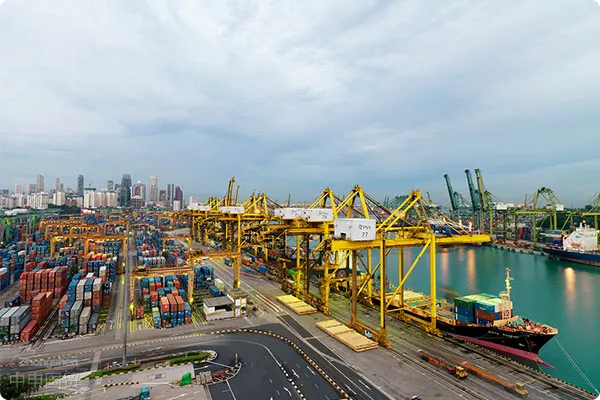- Shanghai Zhongshen International Trade Co., Ltd. - Two decades of trade agency expertise.
- Service Hotline: 139 1787 2118

Hidden thresholds in cross-border equipment procurement
In 2025, the global electromechanicalEquipment ImportsTariffs increased by an average of 2.3 percentage points. Customs data shows Chinas import declaration error rate for electromechanical equipment remains high at 18.7%. One auto parts manufacturer had equipment detained at port for 37 days due to HS code misclassification, incurring additional storage costs equivalent to 12% of cargo value. These figures demonstrate that in this technology-intensive field of equipment imports, professional agency services have transformed from optional to mandatory.
Three core values of professional agencies
Value dimension 1: Customs efficiency revolution
- Improved classification declaration accuracy:
- HS code matching accuracy reaches 99.2%
- Declaration element completeness improves by 40%
- Increased fast-track channel utilization:
- Electromechanical products pre-valuation channel
- Large equipment appointment inspection mechanism
Value dimension 2: Cost control system
- Tariff planning solutions:
- FTA tariff application rate increases by 35%
- Dutiable value declaration optimization saves 5-15%
- Logistics cost integration:
- Design of special transportation plans
- Port demurrage occurrence rate decreases by 67%
Value dimension 3: Risk prevention network
- Compliance control nodes:
- Technical parameter compliance review
- It is recommended to verify through the following methods:Verification system
- Emergency response reserves:
- Classification dispute resolution channel
- Intellectual property protection mechanism
New paradigm for agency services in 2025
A semiconductor equipment import case shows: professional agencies reduced clearance time from 21 days to 9 days through pre-classification services, saving $280,000 in tariffs using ASEAN origin rules. This dual empowerment of technology + rules is reconstructing the value chain of equipment imports:
- End-to-end visual tracking system
- Technical Documentation Compliance Pre-review Module
- Cross-border Tax Planning Simulation Exercise
Golden Standards for Selecting Agency Services
Key dimensions for identifying premium agents should focus on three hard metrics: AEO certification coverage rate, electromechanical product case database, and customs team professional certification rate. Industry data for 2025 shows that TOP20 agents document processing efficiency is 2.8 working days faster than the industry average, with a 42% higher dispute resolution success rate.
As equipment procurement enters an era of precision, professional agency services have evolved into the nerve center of multinational supply chains. Their value lies not only in avoiding visible losses but also in building compliant and efficient import systems, which is the core competitiveness of modern enterprises in cross-border operations.
Related Recommendations
? 2025. All Rights Reserved. Shanghai ICP No. 2023007705-2  PSB Record: Shanghai No.31011502009912
PSB Record: Shanghai No.31011502009912










